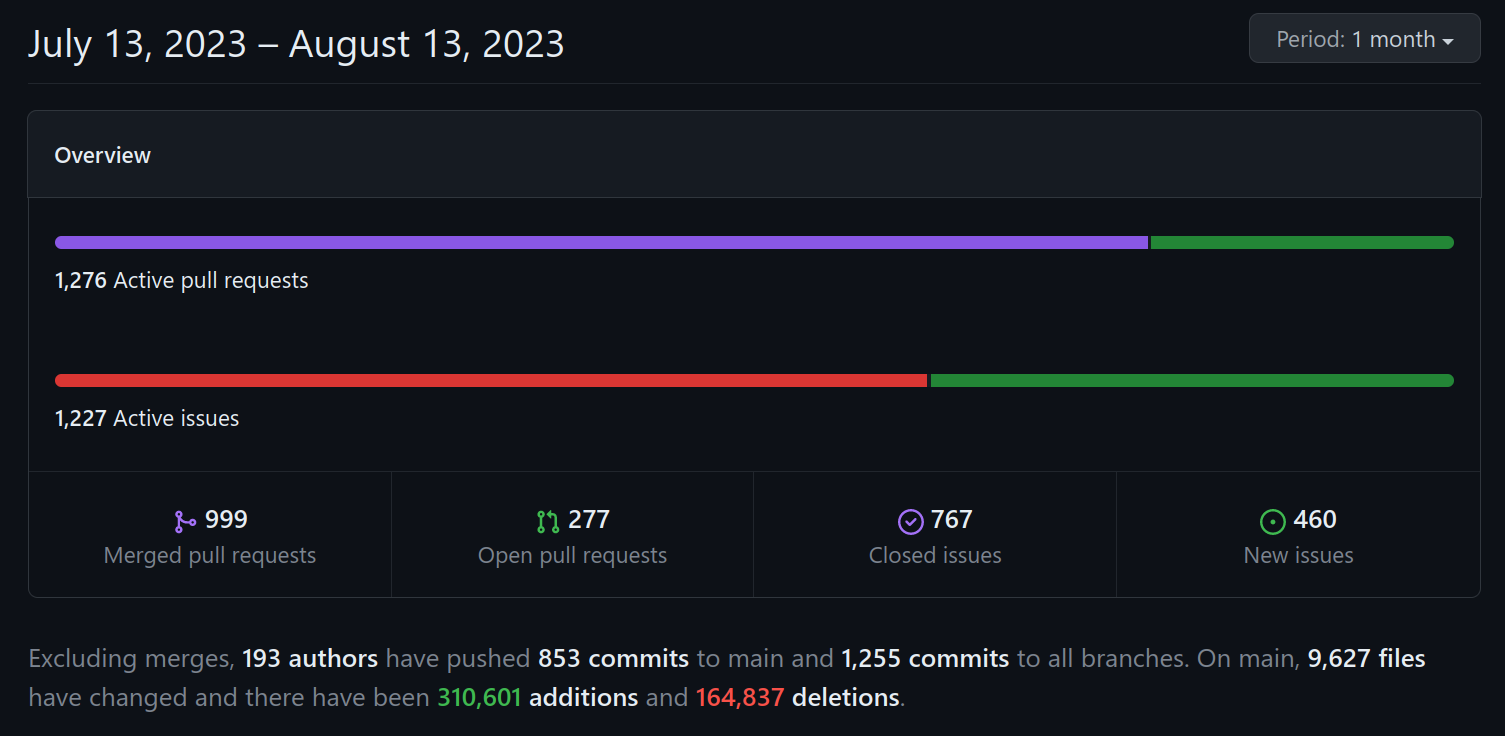The cost of false positives in software security, Part 2: Large applications
Hello!
This is the second part of my reflection sparked by the recent “2023 State of Open Source Security” report from Snyk. It got me thinking about the price we pay for false positives in software security. In my previous post, “The Cost of False Positives in Software Security, Part 1: Small Applications”, I talked about how true and false positives affect smaller applications like Secutils.dev. Now, I want to take the same idea and apply it to a much larger software that’s a big part of my daily work: Kibana.
Saying that Kibana is one of the biggest Node.js apps you can find on GitHub would be no exaggeration. Just a quick glance at its monthly GitHub activity tells you all you need to know about its sheer size and scope!

The code size, complexity, and the multitude of use cases it serves, combined with the numerous teams working on it, make Kibana an ideal case study for this post.
